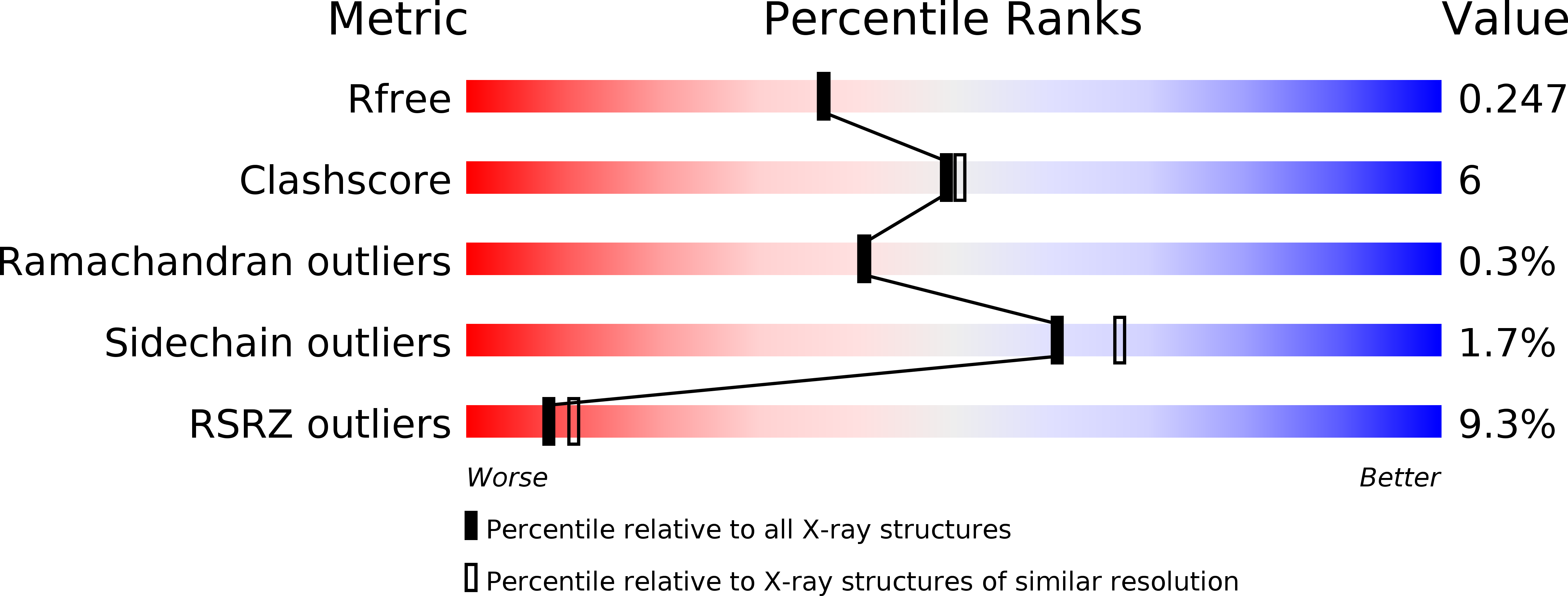
Deposition Date
2009-03-31
Release Date
2009-07-07
Last Version Date
2023-09-06
Method Details:
Experimental Method:
Resolution:
2.10 Å
R-Value Free:
0.24
R-Value Work:
0.19
R-Value Observed:
0.19
Space Group:
P 31 2 1


